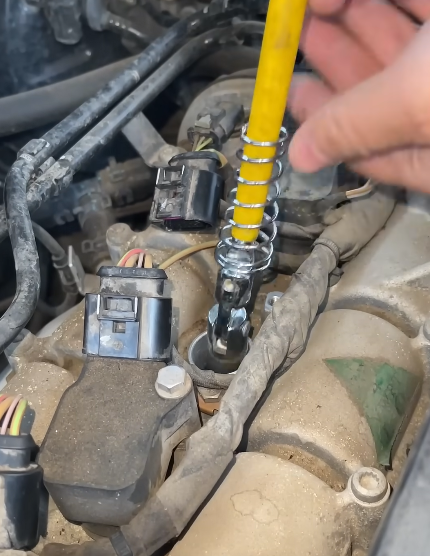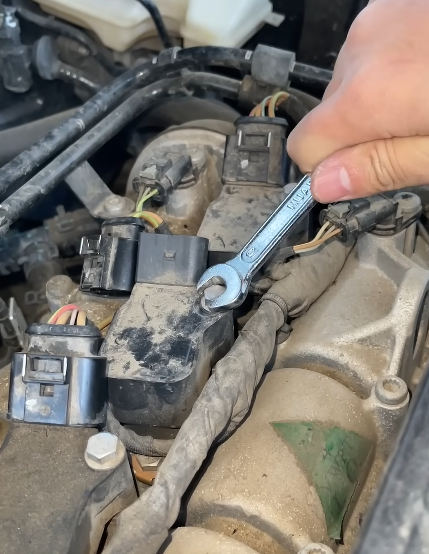
A car that refuses to start can be one of the most frustrating situations for any driver. Whether you are in a hurry to get to work, stuck in a parking lot, or facing an emergency, a non-starting car instantly causes stress and inconvenience. Fortunately, most issues behind a car not starting can be identified and solved with some basic knowledge and troubleshooting. In this article, we will walk through the most common causes of a car not starting, practical steps to diagnose the problem, and solutions that can get you back on the road.
1. Stay Calm and Assess the Situation
The first step when your car doesn’t start is to remain calm. Panicking won’t solve the problem and might lead you to overlook simple solutions. Take a moment to observe your car’s behavior. For example:
- Does the engine make a clicking sound?
- Do the dashboard lights turn on?
- Is the battery indicator showing low voltage?
- Does the engine crank but fail to start?
Each symptom can point toward a different underlying problem.

2. Common Causes of a Car Not Starting
Several systems must work together for a car to start: the battery, starter, ignition system, fuel system, and engine. If any of these fail, the car may refuse to start. Below are the most common causes.
2.1 Dead or Weak Battery
A dead battery is the most frequent reason cars fail to start. Batteries lose charge over time, especially in extreme hot or cold weather. If you hear a clicking sound when turning the key, or if the lights are dim, it’s likely a battery issue.
2.2 Faulty Starter Motor
The starter motor engages the engine when you turn the key. If it fails, the engine won’t crank at all. This can sound like a single click or no sound at all.
2.3 Ignition Switch Problems
If the ignition switch is faulty, power from the battery won’t reach essential components like the starter or ignition system. Symptoms include no lights on the dashboard when the key is turned.
2.4 Empty Fuel Tank or Fuel Pump Failure
It may seem obvious, but sometimes the car won’t start because the fuel tank is empty. In other cases, the fuel pump may not be delivering fuel to the engine. If you hear the engine cranking but not starting, it could be a fuel-related issue.
2.5 Faulty Spark Plugs or Ignition Coils
Spark plugs ignite the fuel-air mixture in the engine. If they are worn out, dirty, or damaged, the car may crank but fail to start.
2.6 Security System Issues
Modern cars have immobilizers or anti-theft systems. If the key fob battery is dead or the security system malfunctions, the car may refuse to start even though the battery and engine are fine.
2.7 Other Electrical Problems
Blown fuses, corroded battery terminals, or loose wiring connections can also prevent the car from starting.

3. Step-by-Step Troubleshooting
Here’s how you can systematically check the issue:
Step 1: Check the Battery
- Turn on the headlights or interior lights. If they are dim or don’t turn on, the battery is likely weak.
- Use a multimeter if available; a fully charged car battery should read around 12.6 volts.
- If you suspect the battery is dead, try jump-starting the car using jumper cables and another vehicle.
Step 2: Listen to the Sounds
- Clicking sound only: Weak battery or starter issue.
- No sound at all: Could be the ignition switch, starter, or battery connection.
- Engine cranks but doesn’t start: Likely fuel or ignition system issue.
Step 3: Check Fuel
- Verify that you have fuel in the tank.
- Listen for the faint hum of the fuel pump when you turn the key to the “on” position. If you don’t hear it, the pump may be failing.
Step 4: Inspect the Connections
- Open the hood and check the battery terminals. Corrosion or loose clamps can prevent proper electrical flow. Clean and tighten them if necessary.
- Inspect wires and fuses related to the ignition and starter systems.
Step 5: Try the Key Fob
- If your car has a push-start button, the issue could be a dead key fob battery. Replace it and try again.
- For cars with anti-theft systems, ensure you are using the correct programmed key.
Step 6: Test the Starter Motor
- If the battery is charged but the car doesn’t crank, the starter motor might be faulty. This usually requires professional repair.

4. Quick Fixes You Can Try
- Jump-start the car: If the battery is weak, connecting jumper cables to another car can give it enough power to start.
- Clean battery terminals: Dirt or corrosion can block current flow. Cleaning with a wire brush can help.
- Try shifting gears: For automatic cars, moving the gear to “Neutral” and then trying to start may work if the “Park” sensor is faulty.
- Tap the starter gently: Sometimes tapping the starter motor with a tool can temporarily free it if it’s stuck.
- Check fuel cap and tank: Ensure the fuel cap is tight and there’s enough fuel.
5. When to Call for Professional Help
Not all car-starting problems can be fixed on your own. Call a mechanic or roadside assistance if:
- Jump-starting doesn’t work.
- You suspect a fuel pump or starter motor failure.
- The ignition switch or electrical wiring seems faulty.
- The problem keeps recurring even after temporary fixes.
Professional mechanics have diagnostic tools like OBD-II scanners that can pinpoint complex issues quickly.
6. Preventing Future Problems
Prevention is always better than cure. Here are some maintenance tips:
- Check your battery regularly: Replace it every 3–5 years or when it shows signs of weakness.
- Service your car on schedule: Routine maintenance keeps the ignition, starter, and fuel systems in good condition.
- Keep terminals clean: Use petroleum jelly or anti-corrosion spray to protect battery terminals.
- Fill up fuel timely: Avoid running your tank near empty, as this can damage the fuel pump.
- Listen to your car: Strange noises or difficulty starting can be early warning signs. Address them before they turn into bigger issues.

7. Conclusion
A car not starting can stem from something as simple as a dead battery or as complex as a faulty ignition system. By staying calm, observing symptoms, and troubleshooting step by step, you can often identify the cause and apply a quick fix. However, for persistent or complicated issues, professional help is the safest solution. With regular maintenance, attention to your vehicle’s condition, and knowledge of how to respond when problems arise, you can reduce the chances of facing this stressful situation in the future.
The next time your car refuses to start, you’ll know exactly what to do — from checking the battery to calling in expert help when necessary. By understanding the common causes and solutions, you not only save time and stress but also gain confidence as a car owner.



